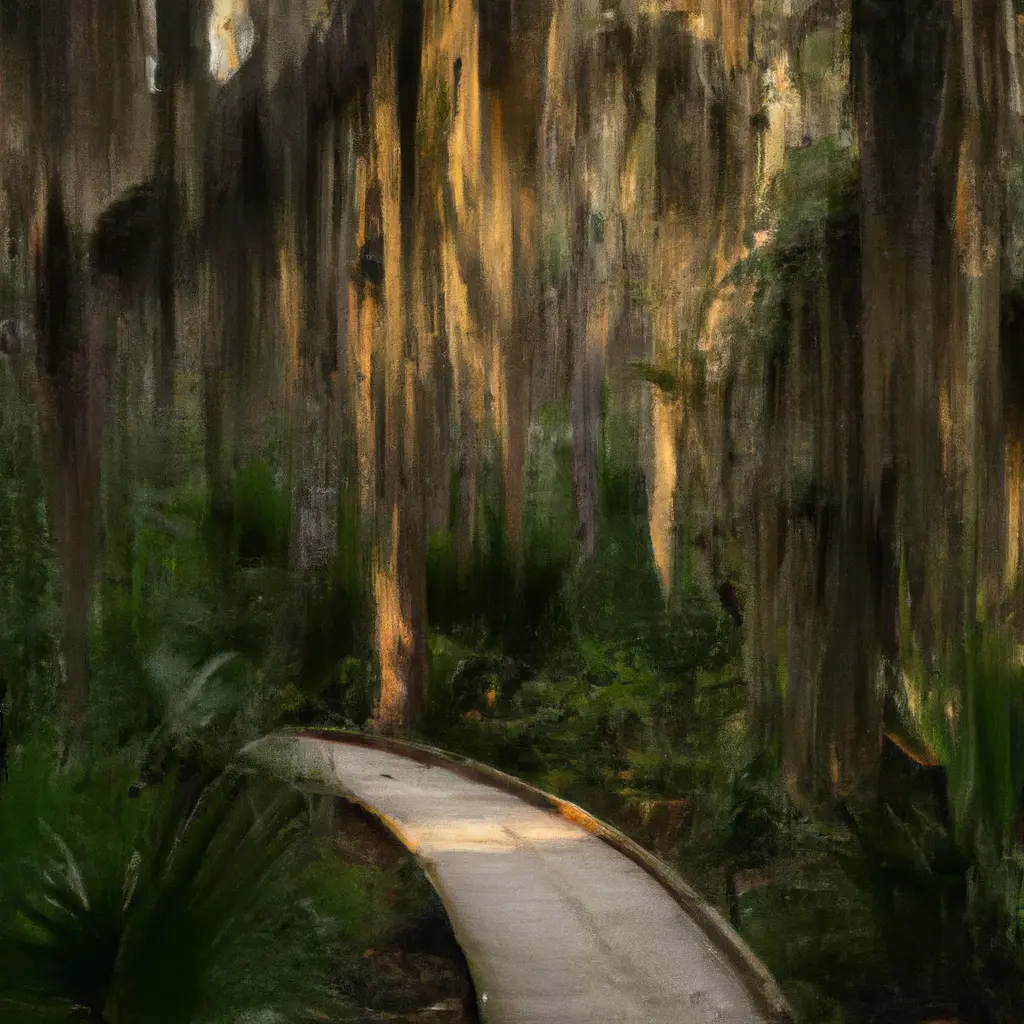Immaculate barrier islands of Georgia: cultural and natural wealth combine perfectly. Discover for yourself.

Georgia's coastline is not a clear boundary between land and sea. Rather, it is a jagged, fluid line defined by barrier islands: an enigma covered in salt marshes, old oak forests, and crisscrossed by creeks and bays.
These natural formations serve as a barrier protecting the mainland from storms coming in from the Atlantic Ocean. Over the centuries, these 15 barrier islands have been home to many: indigenous peoples including the Creeks and Guals, Spanish missionaries, pirates, plantation owners, indentured laborers and, later, wealthy industrialists such as the Carnegies and Vanderbilts.
However, the islands have never been conquered by mass tourism. This is partly because some of them remained until recently the havens of the heirs of these privileged families. Gradually some islands have been acquired by the state, but many are still undeveloped with hotels and resorts.
Four of them can be accessed by road, the others are accessible only by boat. Being relatively untouched, the islands are left as habitat for vulnerable species such as Caretta sea turtles, Manatee and right whales. Recently, there has been a growing awareness that the islands' diverse cultures and layers of history also require protection and attention. Even the region's most traditional institutions have begun to offer tours and experiences that allow guests to develop a more complex understanding of history.
A visit to the barrier islands of Georgia
Over the course of several weeks, I visited four of Georgia's barrier islands, each with its own identity: Cumberland, Sapelo, Sea Island, and Little St. Simons. As I explored these places, I realized that when we protect ecosystems, we must also preserve the history and artifacts of the people who have lived there over time.
On one of our trips, we traveled to Sapelo Island, a wild place with over five miles of uninhabited beaches where the Gullah-Geechee community, descendants of formerly enslaved people from West and Central Africa, live. Sapelo Island is unique in that it is the only barrier island in Georgia where the Gullah-Geechee community lives continuously.
As the plantation system began to disintegrate toward the end of the Civil War, General William Sherman's Special Order No. 15 (the source of the phrase "40 acres and a mule") provided land, including the Georgia barrier islands, for formerly enslaved people. Families were entitled to 40 acres each. Although President Andrew Johnson rescinded the order less than a year later, some freed people on Sapelo were able to hold on to (and pay taxes for) the promised acres. There are families there who can trace their roots on the island back 10 generations.
In 2015, Henry Paulson Jr. and his wife Wendy placed the entire island under permanent preservation with the help of the Natural Foundation, a global environmental nonprofit organization. This means that the island cannot be further developed, and the plant and animal species that live there are protected forever.
The 11,000-acre island of Little St. Simons is an exquisite place of mixed environments of marshes, mud beaches, sandbanks and small islands covered with old growth groves of cypress and oak trees. The land has been virtually untouched for hundreds of years - neighboring St.
5 May 2025
14 May 2025
The island has been in private hands since 1760, when the royal crown of Britain granted it to Samuel Augspurger, a Swiss colonist living in Savannah. In the early 1900s, it became the hunting estate of the Berolzheimer family; in 1979, they opened the island and eponymous estate to the public. From 2003, Henry Paulson Jr. (who served as U.S. Treasury Secretary under President George W. Bush) and his wife Wendy gradually began buying portions of the land, including the estate, and in 2015 they placed the entire island into permanent conservation with the help of the Natural Foundation, a global environmental nonprofit organization.
Adventures on Little St. Simons
The journey to this pristine island begins with a 45-minute private boat ride from St. Simons (which is now heavily developed) to the resort dock. With only 16 rooms in the original estate, as well as six cottages, the atmosphere here is intimate and tranquil. Your stay includes two daily adventures with experienced naturalists and all meals.
One day we went fishing and then took a walk along the shore with a graduate student who was studying the young sharks inhabiting the tidal waters. On the way back to the estate, our truck had to stop because of a huge alligator covered in bright green algae that decided to rest in the middle of the dirt road. Of all the adventures we experienced in Georgia, this is the moment my children still talk about with excitement.
Another day, we set out kayaking around the edges of the island, noticing the fiery red beaks of American oystercatchers, often seen on the beaches of the Gulf of Mexico. Little St. Simons is an important stop for migrating birds - around 250 species are regularly spotted there. That evening, our guide took us back to the beach to watch the hatching of little sea turtles, which emerge at night to avoid detection by predators. We gathered together on the sand to wait. Soon it began. Watching them crawl across the sand, one by one, persistently making their way to the sea, I felt a sense of wonder at how little this landscape has changed over the centuries.
Comment
Popular Posts
Popular Offers

Subscribe to the newsletter from Hatamatata.com!
Subscribe to the newsletter from Hatamatata.com!
I agree to the processing of personal data and confidentiality rules of Hatamatata














